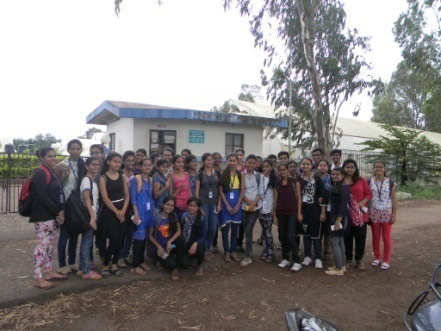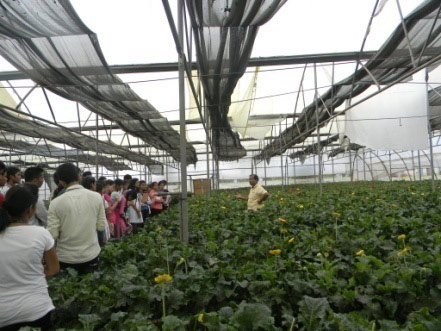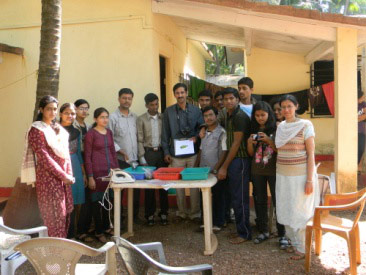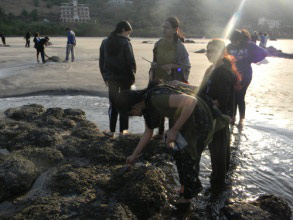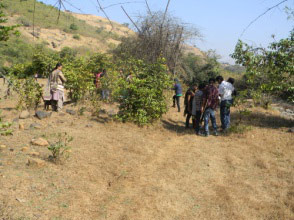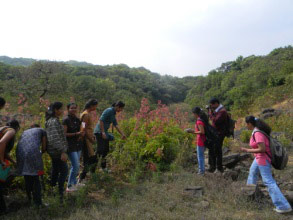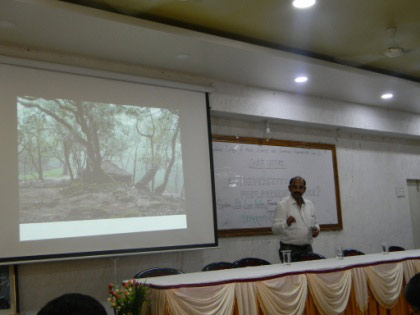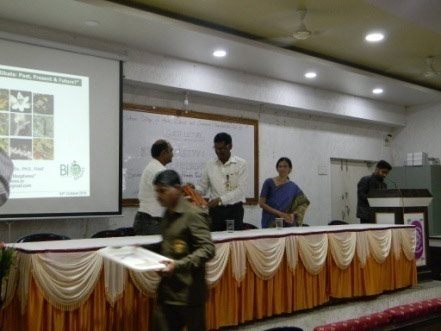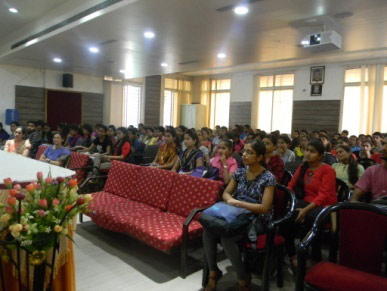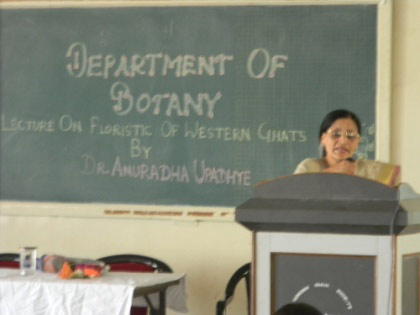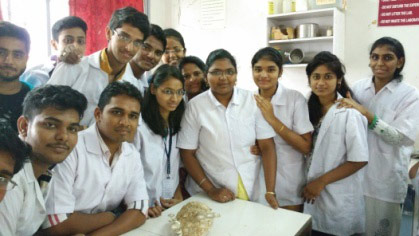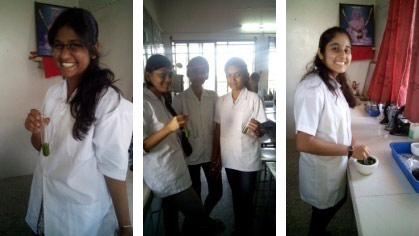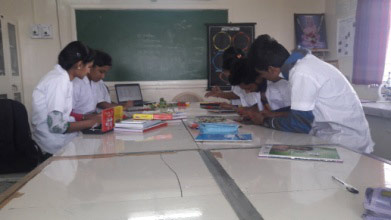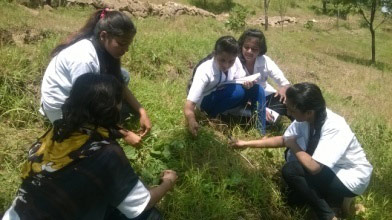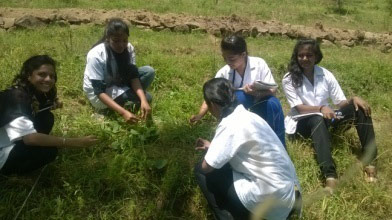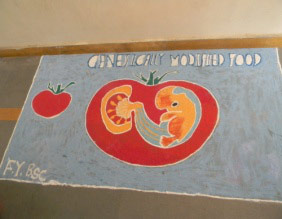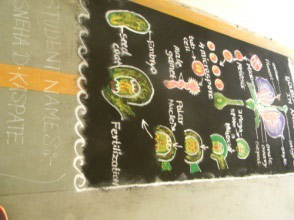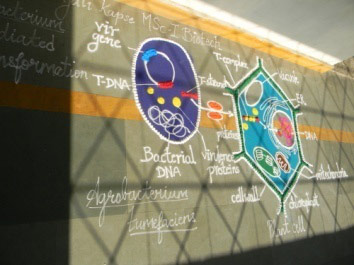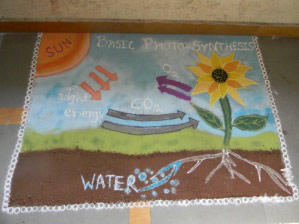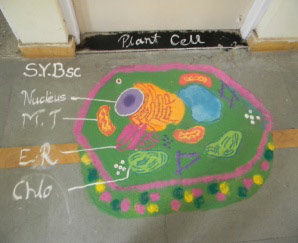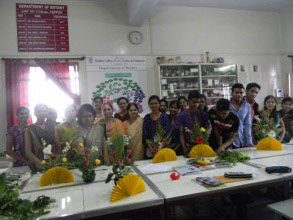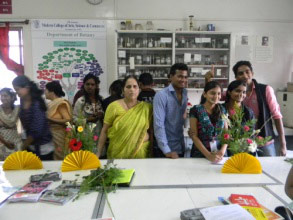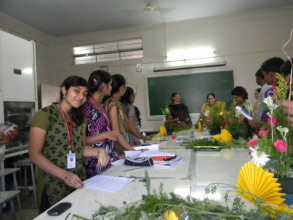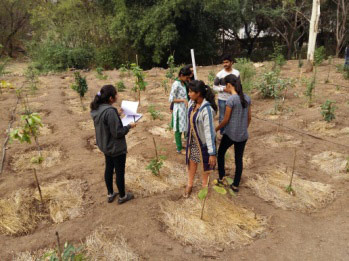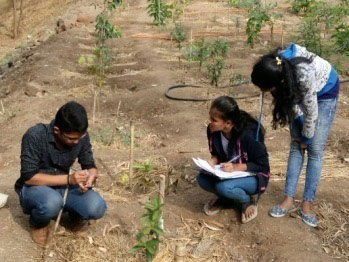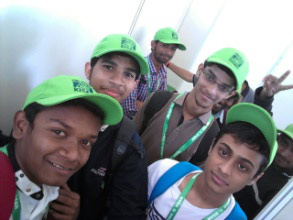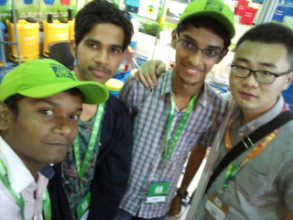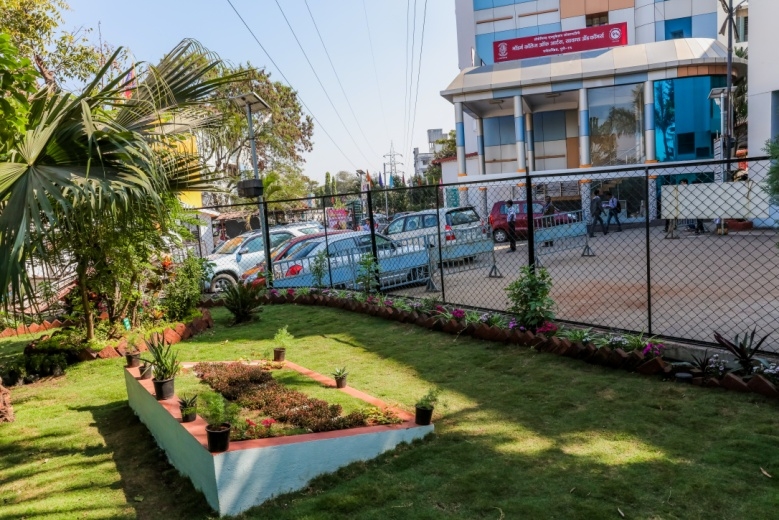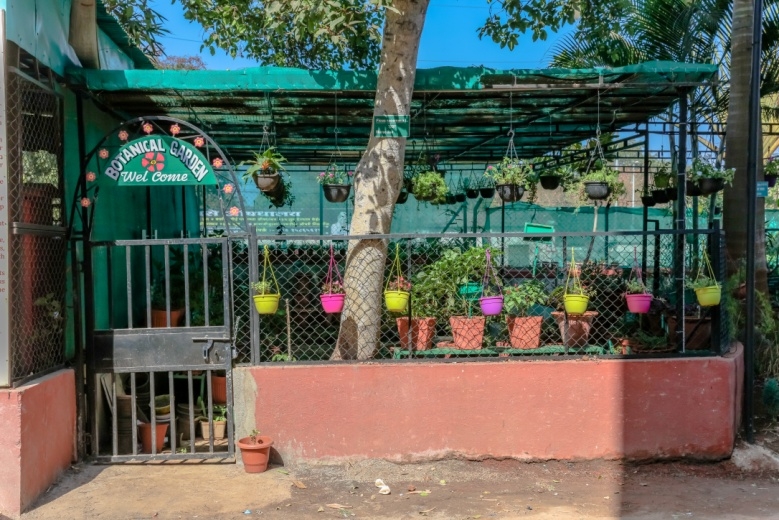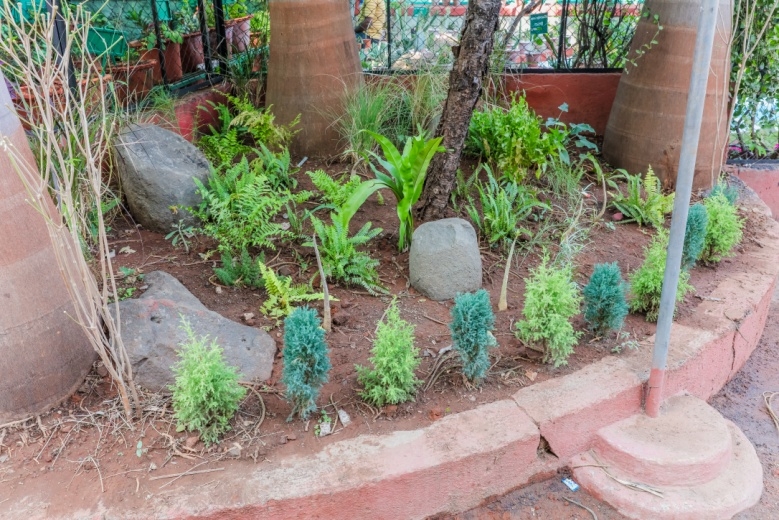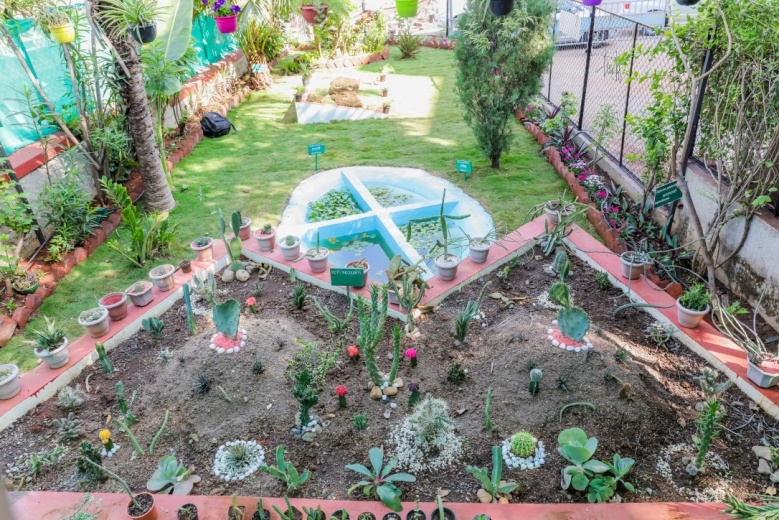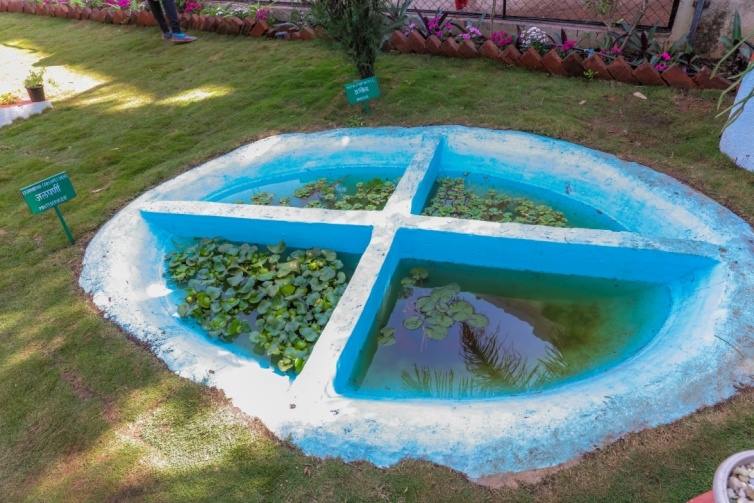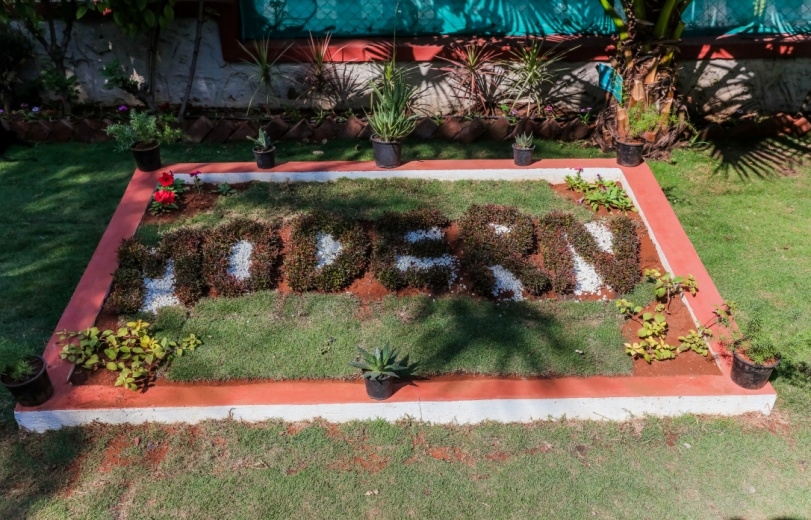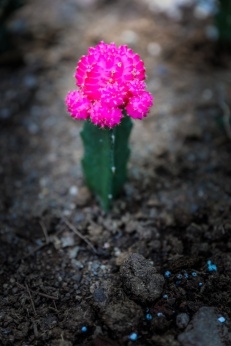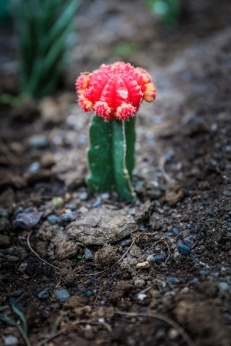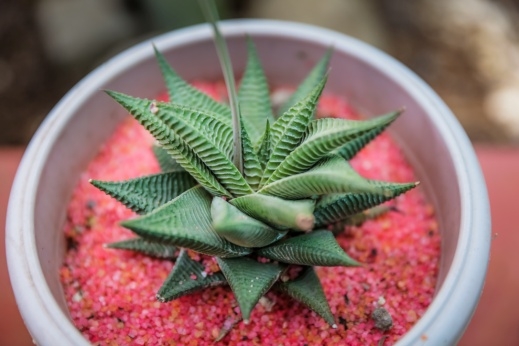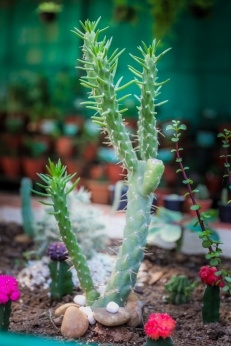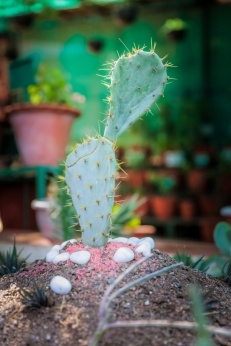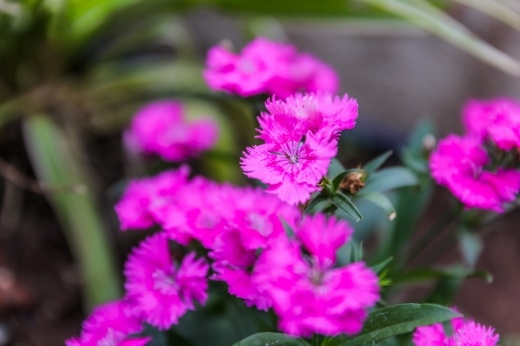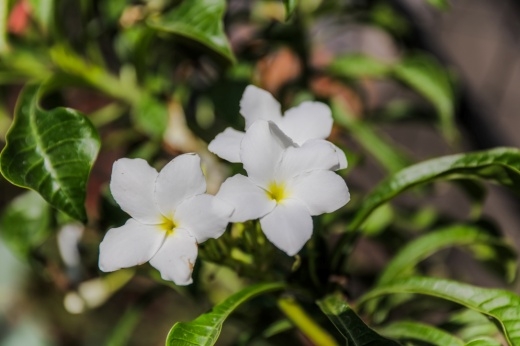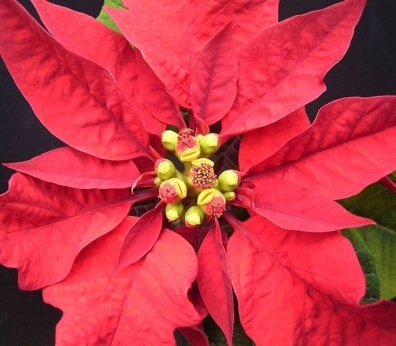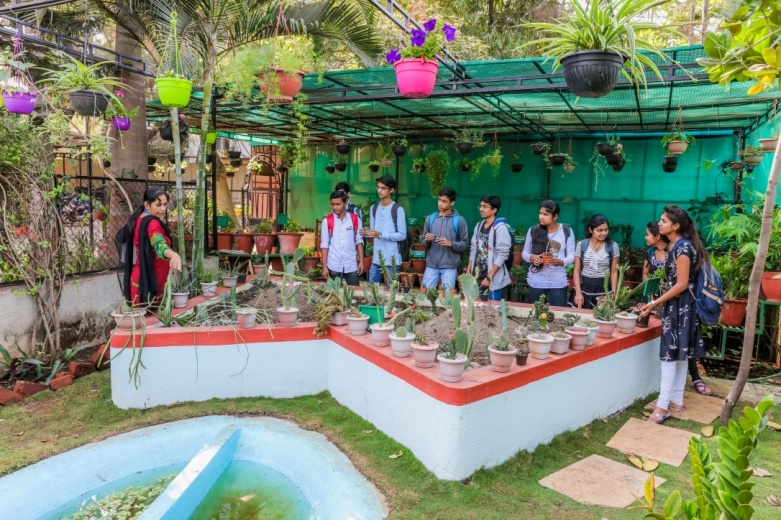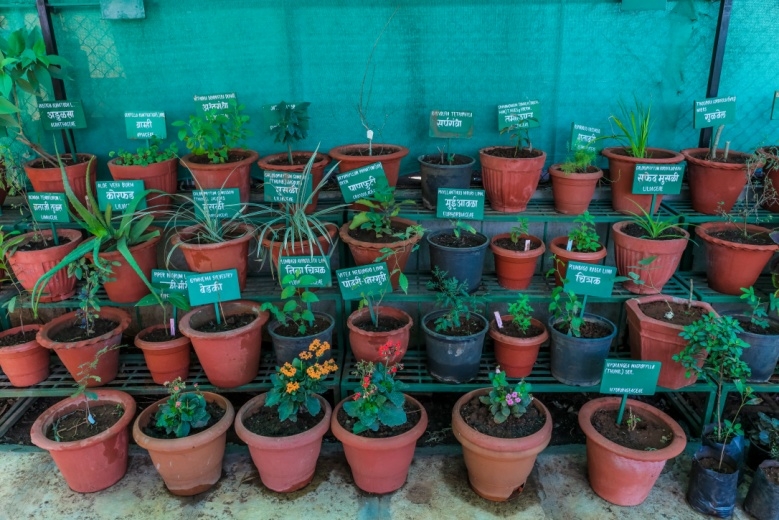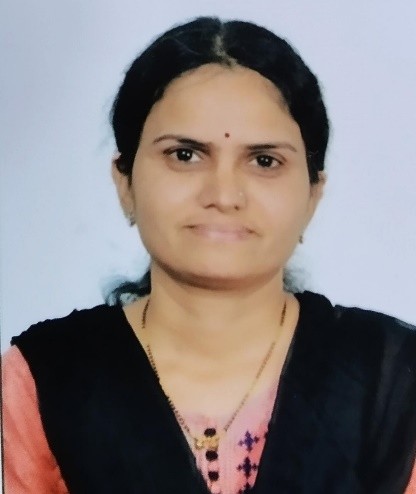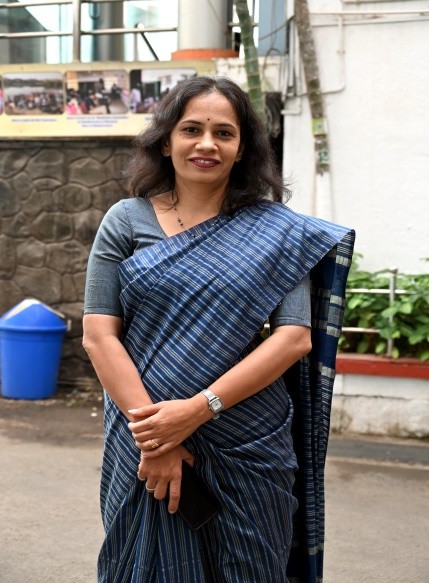Best Innovative College Award (2019-20) from CEDA
'STAR STATUS' received from the Department of Biotechnology (DBT), Ministry of Science and Technology, Government of India
'STAR STATUS' received from the Department of Biotechnology (DBT), Ministry of Science and Technology, Government of India
 NOTICE BOARD
NOTICE BOARD
- Photocopy Form Postgraduate (Autonomous & NEP) End Semester Examination October_November 2025
- M.Sc. (Microbiology) - I , M.Com - I , M.Sc. (Organic Chemistry) - II Post-graduation Result October_November - 2025 (NEP 2020)
- F.YS.YT.Y (Computer Science) Undergraduation Result October-November - 2025 (NEP 1 & II)
- Post Graduation Result OCT.-NOV. -2025 (Autonomous)
- Notice for Postgraduation Result October-November - 2025 NEP Result Declared
- Notice for F.Y. & S.Y. B.Sc. (Data Science) Undergraduation Result October-November - 2025 (NEP II) Result Declared
- Post Graduation Result October-November - 2025 (NEP 2020)
- SPPU Revised corrigendum of Exam Time Table of B.Sc. & M.Sc. all pattern due to Nagar Parishad & Nagar Panchayat Elections
- NOTICE FOR SPPU EXAM POSTPONED OCT_NOV 2025
- NEP Version II Special Examination (ESE) -Dec -2025 Time Table
- NEP Version I Special Examination (ESE) -Dec -2025 Time Table
- Autonomous Special Examination (ESE) -Dec -2025 Time Table
- Notice for T.Y. Autonomous students regarding Convocation Data for March-April 2025.
- Interaction 2026(Intercollegiate Event)
- Notice for PRN Expired Students
- Scholarship Important Notice 25-26
- Notice For Circular No. 209-2025 _ Temporary admission as a Special opportunity for the year 2025-26
- Certificate Course in Spoken English
See More
 Download PDF
Download PDF
- Admission Cancellation Policy
- HallTicket For_B.Sc. (Biotech) 2019 Credit Pattern_Exam
- HallTicket For_B.Sc. (Computer Science) 2019 Credit Pattern_Exam
- HallTicket For_B.Sc. Computer Science(Rev.2013)_Exam
- HallTicket For_BCA (Science) 2019 Credit Pattern_Exam
- HallTicket For_M.A._M.Sc. STATISTICS 2019 Credit Pattern_Exam
- HallTicket For_M.Sc. ORGANIC CHEMISTRY Credit Pattern 2019_Exam
- HallTicket For_M.Sc.(Computer Applications)2020_Exam
- Skill Development Courses Brochure
- Soft Skill Development Programme Application Form
- Star College Scheme of Department of Biotechnology
- Granthavedh Vol VIII
- UGC MRP Summary Report
- Library Brochure
- Library E-Newsletter
 PROGRAMMES TAUGHT
PROGRAMMES TAUGHT
- B.A.
- B.A.(Economics)
- B.A.(English)
- B.A.(Geography)
- B.A.(History)
- B.A.(Psychology)
- B.A.(Sociology)
- B.Com.
- B.B.A.(C.A.)
- B.Sc.
- B.Sc. (Chemistry)
- B.Sc. (Maths)
- B.Sc. (Microbiology)
- B.Sc. (Physics)
- B.Sc. (Statistics)
- B.Sc. (Zoology)
- B.Sc. (Biotechnology)
- B.Sc. (Computer Science)
- B.C.A. (Science)
- B.Sc. Blended in Chemistry [University of Melbourne , Australia] (International Collaboration Course)
- B.Voc.(Food Processing Technology)
- M.A. (Economics)
- M.A. (History)
- M.A. (Psychology)
- M.A. (Sociology)
- M.Com.
- M.Sc. (Biotechnology)
- M.Sc. (Organic Chemistry)
- M.Sc. (Computer Science)
- M.Sc. (Computer Applications)
- M.Sc. (Maths)
- M.Sc. (Microbiology)
- M.Sc. (Statistics)
- M.Sc. (Zoology)
- M. Phil. Zoology
- Ph. D. Zoology
- M. Phil. Chemistry
- M. Phil. Biotechnology
- Ph. D. Biotechnology
- U.G. Programmes:
- P.G. Programmes:
- Research Programmes:
Programmes NOT-Taught/Closed
- M. Phil. Microbiology
- Ph. D. Microbiology
- B. Sc. (Animation)
- B.Voc. (Green House Technology)
- M. A. (Geography)
Self declaration for affiliation status
University Affiliation Letter
 Examination section
Examination section
- Photocopy Form Postgraduate (Autonomous & NEP) End Semester Examination October_November 2025
- M.Sc. (Microbiology) - I , M.Com - I , M.Sc. (Organic Chemistry) - II Post-graduation Result October_November - 2025 (NEP 2020)
- F.YS.YT.Y (Computer Science) Undergraduation Result October-November - 2025 (NEP 1 & II)
- Post Graduation Result OCT.-NOV. -2025 (Autonomous)
- Notice for Postgraduation Result October-November - 2025 NEP Result Declared
- Notice for F.Y. & S.Y. B.Sc. (Data Science) Undergraduation Result October-November - 2025 (NEP II) Result Declared
- Post Graduation Result October-November - 2025 (NEP 2020)
- SPPU Revised corrigendum of Exam Time Table of B.Sc. & M.Sc. all pattern due to Nagar Parishad & Nagar Panchayat Elections
- NOTICE FOR SPPU EXAM POSTPONED OCT_NOV 2025
- NEP Version II Special Examination (ESE) -Dec -2025 Time Table
- NEP Version I Special Examination (ESE) -Dec -2025 Time Table
- Autonomous Special Examination (ESE) -Dec -2025 Time Table
- Notice for T.Y. Autonomous students regarding Convocation Data for March-April 2025.
- Notice for PRN Expired Students
- Notice For Circular No. 209-2025 _ Temporary admission as a Special opportunity for the year 2025-26
- FYBVOC_Result_Summary_Mar_23
- SYBVOC_Result_Summary_Mar_23
- Tentative Examination Schedule All First Year Under Graduate(NEP-AUTONOMOUS)
- Tentative Examination Schedule All Second Year Under Graduate/Post Graduate COURSES First Semester(AUTONOMOUS)
- Tentative Examination Schedule All First Year Under Graduate/Post Graduate COURSES Theory/Practical Backlog(AUTONOMOUS)
- FYBVOC_Result_Summary_Oct_22
- SYBVOC_Result_Summary_Oct_22
- TYBVOC_Result_Summary_Oct_22
- Syllabus
- Online Examination Forms(SPPU)
- Online Examination Forms(Autonomous)
- Unfair Means
- Certificates
- Circulars
- Ordinances
- Photocopy/Revaluation
See More
 Scholarship
Scholarship
 Alumni
Alumni
 Our Partners
Our Partners
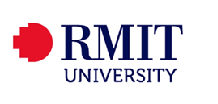
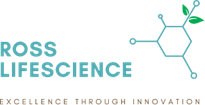

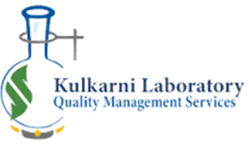
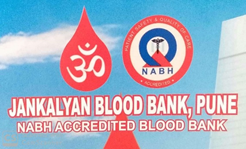


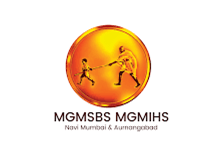

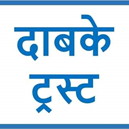

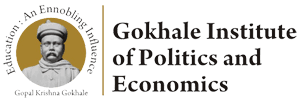
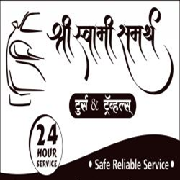
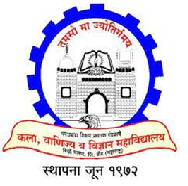
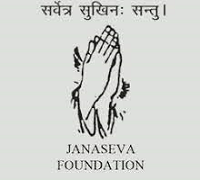

.png)


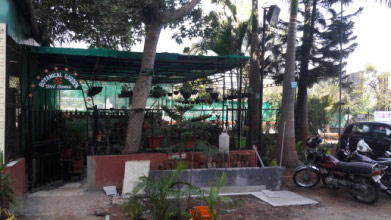
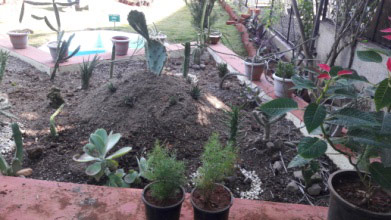
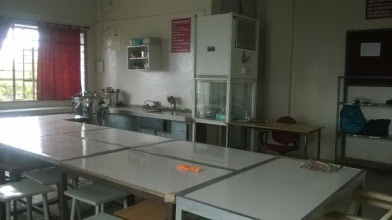
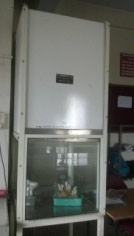
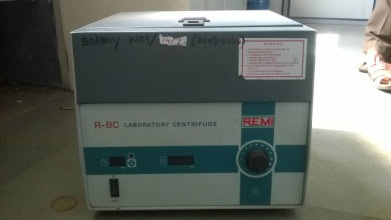
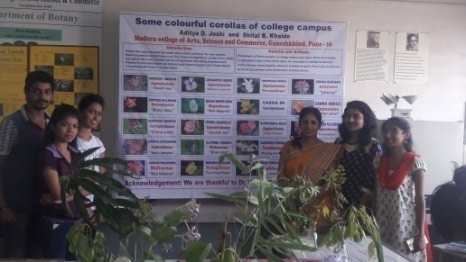
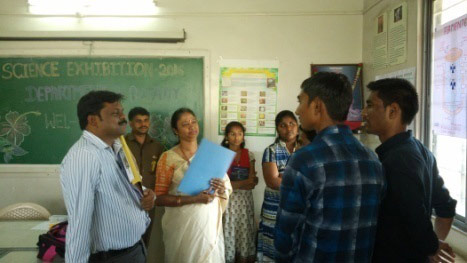
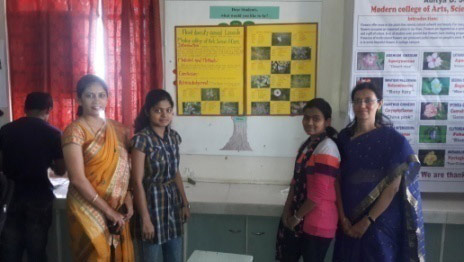
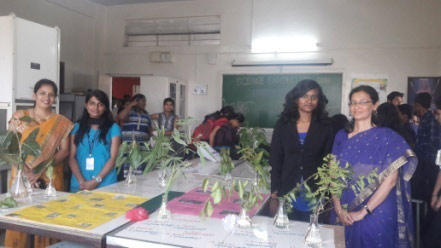
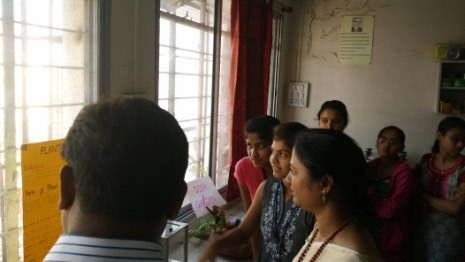
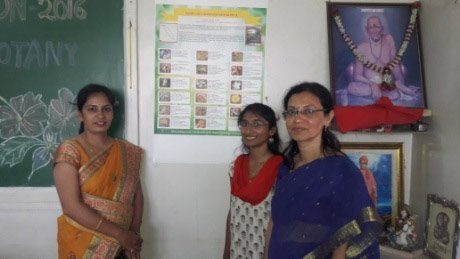
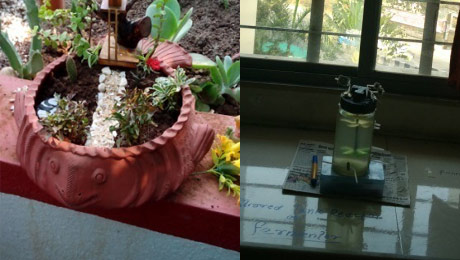
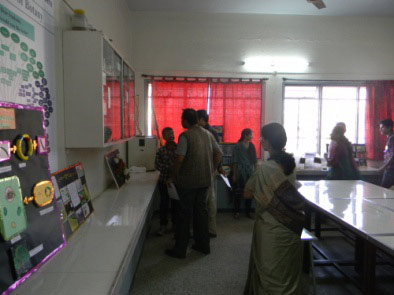
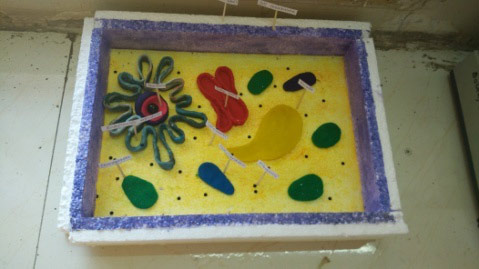 Plant Cell
Plant Cell